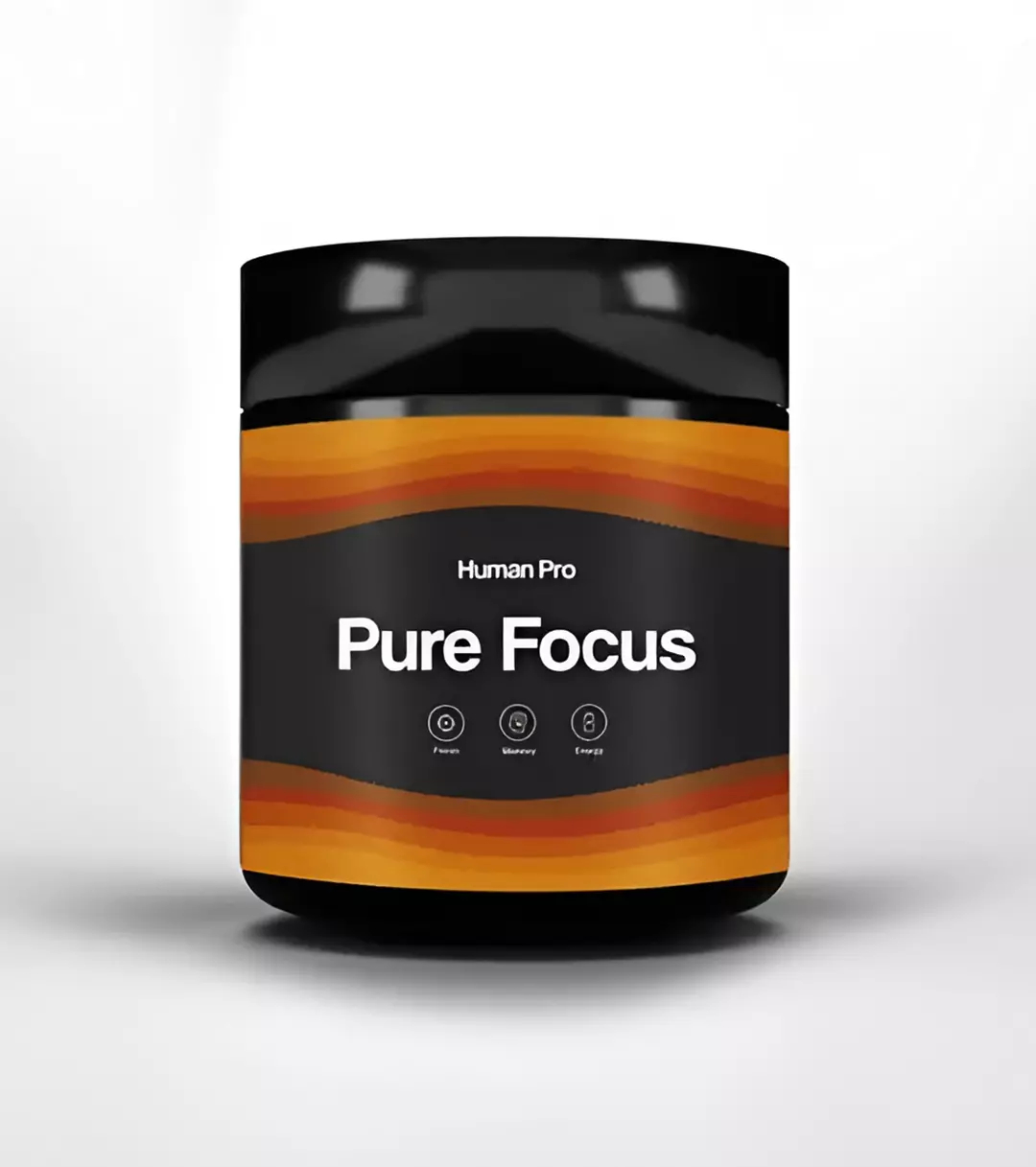What I Learned In 30 Days of Whooping
A couple of months ago, and after a long period of deliberation, I got myself a WHOOP health tracker.
For many reasons, initially, I wasn’t very enthusiastic about any health tracker, and mostly because I did not want to defer how I felt to a device running off artificial intelligence.
Hesitations aside, we are in the 21st century and such devices are signs of our times, and I acquiesced.
Unsurprisingly, I learned quite a lot about myself and also what I want from my health trackers moving forward.
Before I continue, I do want to say that this device is robust and well thought out. There are many amazing features most of which I have probably not discovered yet.
So this blog is specifically going to focus on what I learned in the first few days rather than a comprehensive product review.
What is a WHOOP Health Tracker?!
Will Ahmed is the founder and CEO of the Whoop Health tracker.
His interview on the Dairy of a CEO showed me how carefully he designed this health tracker and the intent behind each feature.
Unlike traditional fitness trackers that focus primarily on counting steps or monitoring heart rate during exercise, WHOOP takes a more holistic approach to health monitoring.
Whoop gathers data 24/7, providing its users with comprehensive insights into various aspects of their health, including sleep, recovery, and stress levels.
At the core of WHOOP’s technology is its ability to analyse heart rate variability (HRV), a measure of the variation in the time interval between heartbeats. Whoop also has an integrated AI coach designed to help guide you every step of the way.
First 30 Days
Setting the baseline, is, of course, the first task for the Whoop device. For a few days, all it does is collect data to then start painting a picture of our unique physiological profile.
By the second week, I started to understand the numbers a little better.
From my baseline heart rate variability (HRV), recovery scores, strain levels, sleep quality and amount of time spent under high stress during a day.
At the time, I had assumed that a 3-hour period of high stress during waking hours was normal. Even on a Saturday when I spent a lot of time ‘resting’.
What prompted this article is that a few days later, during a particularly busy workday filled with deadlines and meetings, my high-stress levels dropped significantly.
My high stress level dropped down from 3 hours to 20 minutes!
So my first thought was: “Wait, what?!”
How could I feel exponentially more stressed while chilling at home on the weekend than when I’m grinding at work?
Here’s my theory.
WHOOP’s Daily Stress Summary Feature
Daily Stress Summary is a feature that was launched at the end of March 2023
Whoop explains that the Daily Stress Summary measures your heart rate and heart rate variability (HRV) at the moment as indicators of your physiological stress response.
As part of its thorough design, Whoop takes into account the impact exercise can have on the daily stress summary by taking motion into account, making a clear distinction between actual stress and physical exertion.
All of these data points are compared to the personalised baseline from the previous 14 days generating a unique profile and baseline.
What’s Flow Got To Do With It?
The cutting edge of neuroscience is that flow states might be the way to heal or treat burnout.
Stephen Kotler, the co-author of Stealing Fire, explains this potential causal link perfectly during his conversation on the Mo Gawdat podcast.
Watching Kotler explain it all got me thinking. Maybe I should include more flow state activities during rest days to reduce my exposure to high stress levels during the day?
In other words, even though I was not doing much on weekends, my stress was high and then on days when I was managing deadlines and back-to-back meetings, stress was lower than ever.
It must be said that I love my work and entering a flow state is relatively easy.
On weekends, while ‘resting’, I think about all the things I haven’t done yet and need to accomplish in the coming days.
So the true irony is that I probably rested and recovered more during a busy workday than when I was at home ‘chilling’.
Defining Flow
Mihaly Csikszentmihalyi published Flow: The Psychology of Optimal Experience where he explains that there are nine component states of achieving flow.
- challenge-skill balance
- merging of action and awareness
- clarity of goals
- immediate and unambiguous feedback
- concentration on the task at hand
- paradox of control
- transformation of time
- loss of self-consciousness
- autotelic experience (aka being internally driven)
Don’t Just Take My word for it
What if daily access to flow states is what keeps our stress levels low? Resting is not enough. Chilling is not enough.
We need to play, and get immersed in an activity that we love in order to keep high stress levels low.
As you might imagine, this opinion of mine is far from conclusive and a very loose correlation that I have conjured up.
A correlation that other Whoop wearers have echoed when precisely asked if they’ve noticed a similar phenomenon.
It seems to be potentially plausible, and maybe someday I will get to ask the creator himself.
Until then, if you are also a fellow WHOOPER, have you noticed anything similar to what I’ve described above?
Also, if you know Will, would you ask him about this assumption of mine?
Failing that, drop me a comment here below and tell me what you’ve learned from your health tracker.
As always and now more than ever,
Flow strong
Asha ✨






2 Comments. Leave new
Thanks for another great article! Here my two pennies to your unexpected chill-stress levels … please remember, it’s ‘food for thought’, not an ‘it-is-diagnosis’, I may be on a wrong track here!
If (often during the first seven years of life) resting, chilling, doing nothing did not feel safe for whatever reason, your brain-body connection ‘keeps the score’ – as Bessel van der Kolk’s book title states. So, doing nothing is considered as a dangerous or non-safe state to be in, triggering fight, flight or freeze responds. This is a very short summary of a much more complex (and maybe still not fully understood?) situation. But it could be a path to explore, so one day you are the chooser of chill-or-activity, not your neurological system :-). Please feel free to keep this reply out of the public conversation, if you feel it is too personal; even though the isssue is really common and can be a part of the burn-out-syndrom pandemic.
Be well, Esther
Oooooh Esther!
You make such a solid point here and one that I had not considered. You are very plausibly correct in your perspective.
I can definitely relate to the discomfort in ‘chilling’, and that my nervous system is still in recovery from extensive exposure to difficult experiences.
There is an article that I have written and will be published soon on the role of the fascia in our lives. In that article, I mention some self-massage and somatic release exercises that I regularly practice in order to soothe the nervous system and teach it a new way of being.
I do wonder if you work in this field for having made such an astute observation.
You are most welcome to email me directly, should you prefer.
Thanks again!
Asha ✨